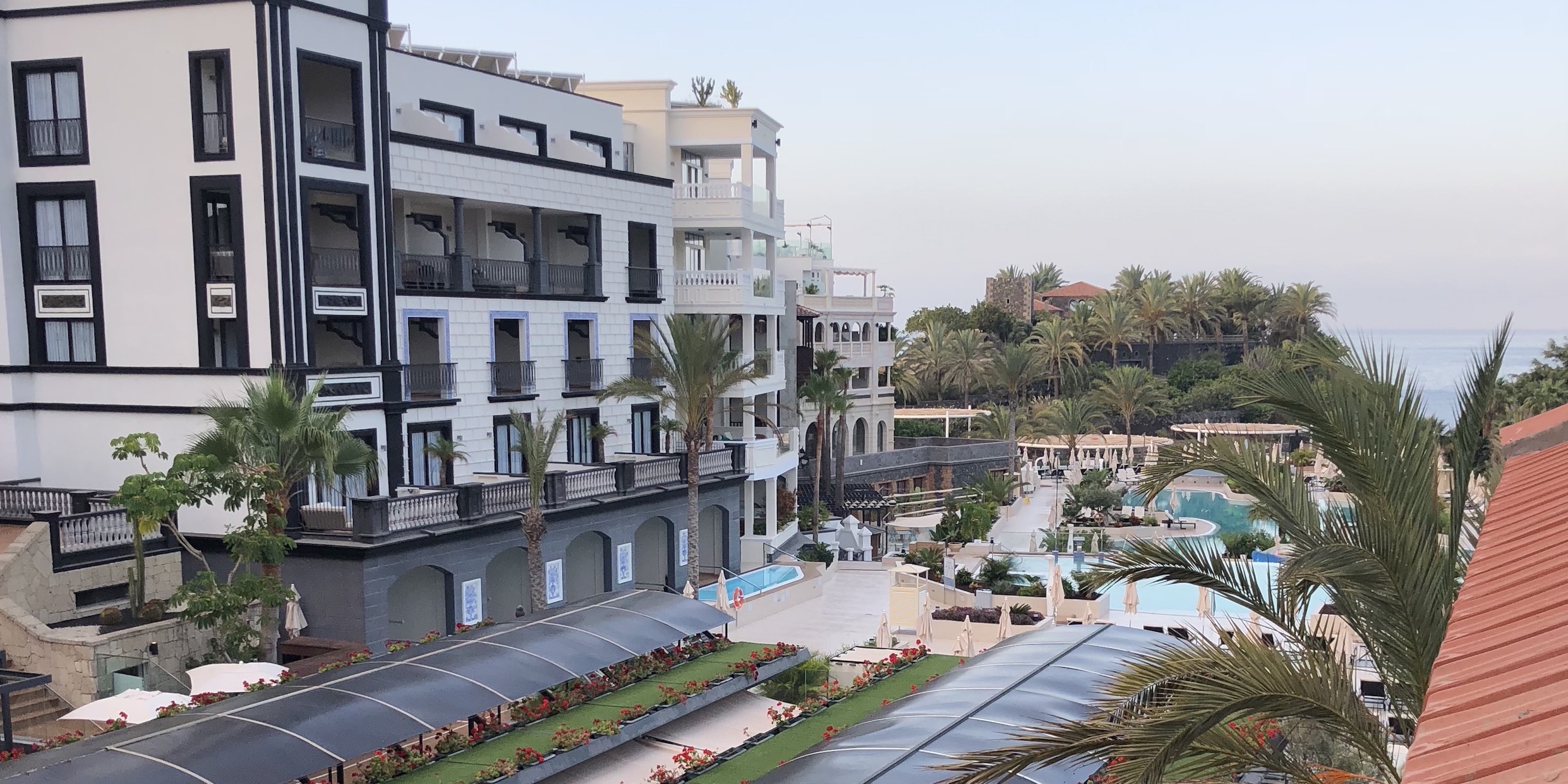
Bringing lean thinking to organ donation in Michigan
FEATURE – A Michigan NGO that facilitates organ and tissue donation shares its experience with value stream mapping, reflecting on people coming together to understand the gap between current and future state.
Words: Michael Hagan, Chief Quality Officer, and Bruce Nicely, Chief Clinical Officer, Gift of Life Michigan (GOLM), with Matt Zayko, Faculty, Lean Enterprise Institute
With more than 123,000 people needing organ transplants in the United States, and given the urgency of such procedures, finding ways to become more efficient and save precious time should be a priority for any organization working to facilitate organ donation.
It certainly is for us at Gift of Life Michigan (GOLM), a non-profit and Michigan’s only federally designated organ and tissue recovery program. We are active 24 hours a day, providing all the services necessary for organ donation to occur without any problems – our resources cover the 630 highway miles from corner-to-corner of Michigan’s two peninsulas. We essentially act as a liaison between donors, families, hospitals, and transplant centers, recovering more than 900 organs (but also bone, skin and other tissue) every year from 300 or more organ donors and saving hundreds of lives. We also maintain and grow the Michigan Organ Donor Registry in partnership with the Michigan Secretary of State.
There is a lot of talk about value in the lean world and, arguably, understanding customer needs was easy for us: after all, what is more valuable than saving lives? Our work has a direct impact on hundreds of Michiganders, and their families, every year: should a case take longer than expected, for example, our organization may face higher costs, but in the meanwhile the wait for a grieving family can become excruciating.
The nature of transplantation makes accuracy essential and the elimination of any possibility for rework, transcription errors and omissions a fundamental outcome for us to reach. It is with these challenges in mind that we recently decided it was time to reflect on the current condition of our organ donation value stream, following five years of lean experiments aimed at improving our processes.
BUILDING STABILITY, IDENTIFYING THE GAP
Back in 2012, one of our first lean initiatives consisted in mapping the value stream of the donor process. Over a two-day period, the team did a current state map, analyzed the map for problems and opportunities, prioritized all 40 of them, and took actionable steps. Many of these steps helped us to stabilize the process.
As with most change-related activities, sustaining gains is difficult but thanks to our hard work and dedication we managed to keep the lean improvements alive.
In the meantime, despite thousands of organ transplants being carried out every year, the waiting lists for all organs continued to grow. Other demands on the healthcare system lead families and physicians to have end-of-life discussions sooner than before, requiring GOLM to be available to family interactions at a moment’s notice. All of this led us, in June this year, to move into a larger facility and hire a new CEO.
The new leadership team realized that, since the demand of more organs and donors for the recipient candidates continued to increase, it was time to re-visit the organ donation value stream.
The original value stream focus in 2012 was on process stability, and the team had chosen to initially skip the important step of creating a shared vision of our ideal state and aligning around a shorter-term target condition (future state). So for this next round of value stream re-design for the stabilized donor pathway, we were determined to do the full cycle over three different days:
- Current state mapping and analysis;
- Ideal state characteristics and future state design;
- Action planning using the PDCA (Plan-Do-Check-Adjust) cycle.
Towards the end of the summer, after a scoping session to prepare for the initial workshop kickoff, 35 of our people (representing the entire value stream for donors) came together for one day to grasp the situation for the Current State Map. The end-to-end value stream framework was mapped out. The teams were then divided into three sub-teams that made up the value stream: Referral / Response, Donor Management, and Surgical Services. Each sub-team used the same color-coded template of post-its and data elements to map the current condition.

Halfway through the day, the teams checked to make sure that the three sub-team maps were aligned and did not have any process gaps. Once the maps were complete, the teams analyzed them to look at the risks and opportunities that could be identified in the current state. Standard cards were filled out and placed on the map, representing either risk or opportunity. Teams then shared their findings from the start to the end of the value stream.
Some of the critical findings from the analysis were the following:
- Technology provides opportunities for efficiency, but without comprehensive and consistent utilization it can easily bog our systems down –scanned, e-mailed, and faxed to the same recipient. Uploading the document
- would eliminate two steps, but not everyone was familiar with the upload
- Clear, concise communication across our departments helps the process flow smoothly – we discovered three different places where active case information was being updated, but none of the systems communicated with each other. Developing a web-based application helped us get current information to everyone simultaneously, thus eliminating confusion and
- Training for our people is essential– we learned that some of our staff did not fully understand how to use our electronic record system. They were wasting time looking for reports or case details that were readily available, because they didn’t know how to find them. There was a gap in training our people on the updates to our records system functionality.
- Checking effectiveness and periodically reviewing our processes is critical to prevent the failure of our improvement initiatives– good policy updates fail if they are not implemented fully or correctly. We learned that we have gotten better at effectiveness checks, but there is room for further improvement. In one example, a state-of-the-art labeling system was implemented to prevent serious errors and possible implications for transplant patients, but a weak effectiveness check resulted in one user by-passing the technology out of discomfort with the system.
We met again a week later, once the overall team had alignment and agreement on the current condition, to identify our ideal state and design it. By the end of the day, we had come up with a shared vision of our target future state (for 120 days later), which became our hypothesis for a better way to work together for donors and their families.
We identified a number of improvements, which we believe can have a real impact on our work, and therefore on the service we provide. These improvements include:
- An optimized deployment process to ensure the right person is always in the right place at the right time;
- The development of a standardized donor referral information data set;
- Fully electronic donation records;
- The overhaul of our staffing model;
- A different approach to managing our data to ensure we gather more timely and clearer information and we carry out useful reporting and sharing;
- Elimination of duplicated work.

The next step was to create the action plan of experiments and activities to close the gap between the current condition and the target condition we wanted to reach 120 days later. The sub-teams detailed out all the necessary actions to test out and learn from for the four-month cycle.
We are now putting in place a management system to help give a regular cadence to learning and improving using the scientific method. The management team has monthly value stream design reviews as an experiment for the next 120 days for the “check & adjust” part of the PDCA cycle. Based on what is unearthed during these review sessions, the team will reflect and adjust for the next cycle of learning.
Some of the initiatives identified through the reviews have already saved time and effort. For example, redundant checks of the organ donor registry have been combined, with a single upload into the electronic record that eliminated a cumbersome fax process serving no real purpose. We have also found that work on standardizing the information obtained upfront in the referral process has sped the process up, thus improving relationships with donor hospitals. Finally, at least one paper form has been eliminated in our effort to go “paperless”.
NEXT STEPS
The need for donated organs is huge with an increasingly complex process to match donated organs with waiting recipients. As the specialty of transplant has grown, so have bureaucracy, regulation, and oversight. The need to compassionately provide information and support to donor families has not changed, and the challenge for us at GOLM is to continuously improve by implementing workflows that minimize waste while maximizing value in terms of quality, time, and information.
We find that value stream mapping carried out by the people that do the actual work plots all the key steps to understand the actions we should take and the challenges preventing us from reaching our goal. Further developing the capability of our people to solve the problems we encounter will enable GOLM to make progress towards improving the daily lives of Michigan’s organ recipients.
THE AUTHORS



Read more


FEATURE – Repeating the same patterns of work over six to eight cycles of production generates improvements - based on people, not machines - and facilitates the adoption of lean principles and tools.


FEATURE – Was Leonardo da Vinci a lean thinker? This thought-provoking article looks at his legacy, connects it to lean, and reminds us of how ahead of his time the Italian genius was.


FEATURE – When middle managers are stressed and overworked, there is no time left for them to improve. Changing the interaction between leaders and teams, using lean principles and empowering people, can truly ignite your transformation.


FEATURE – Dreamplace Hotels in Tenerife have been on an improvement journey for several years, but only recently did they find a way to truly become a learning organization: lean thinking.

